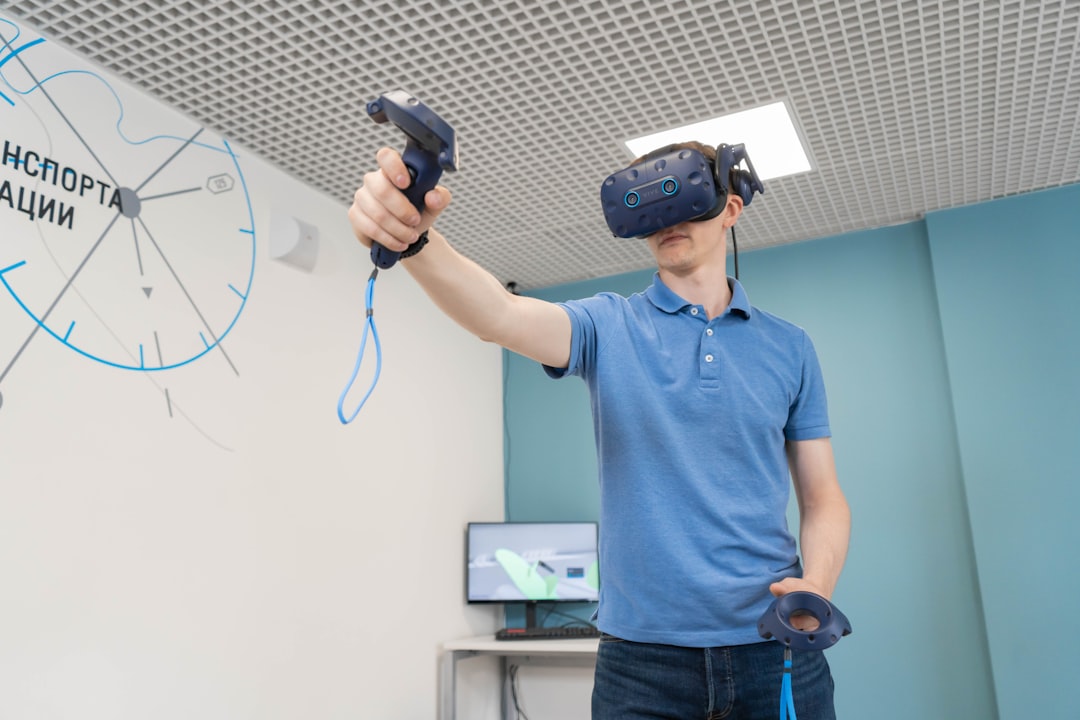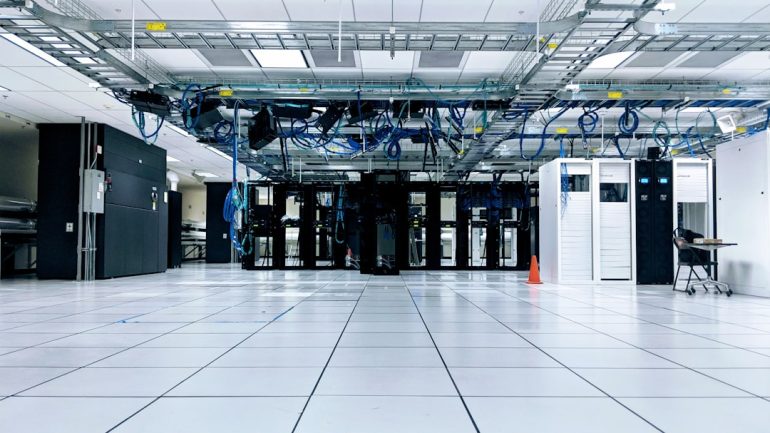Methatreams: Understanding the Revolutionary Concept in Modern Technology
In the rapidly evolving landscape of modern technology, a new concept is beginning to take shape and redefine how we interact with data, media, and the internet itself — Methatreams. Though still in its early stages of development, methatreams embody a futuristic integration of data streams, artificial intelligence, and immersive digital experiences. This revolutionary approach aims to unify disparate technologies into a seamless network of real-time, adaptive content delivery.
What are Methatreams?
Table of Contents
Methatreams are an advanced iteration of data streams that intertwine real-time analytics, machine learning, and user-sensory experiences. Unlike traditional streams, such as video or audio feeds, methatreams are multidimensional, capable of instantly adapting their content based on context, behavior, and environmental input.
At their core, methatreams leverage decentralized cloud networks and edge computing to minimize latency while maximizing personalization. These streams can synthesize data from sensors, personal devices, and live environments, allowing users to interact dynamically with both real and virtual content. This creates a rich tapestry of data layers where human-computer interaction takes on entirely new dimensions.

Key Components of Methatreams
Several critical technologies converge to form the backbone of methatreams. These include:
- Artificial Intelligence: AI algorithms process user input, behavior data, and context-aware signals to tailor experiences in real time.
- Edge Computing: By processing data closer to the source, edge computing reduces latency and optimizes performance.
- Blockchain: Ensures security, decentralization, and ownership in methatream environments by creating immutable records of interactions and data flows.
- Mixed Reality (MR): Goes beyond AR and VR to integrate tactile feedback and sensory data for greater immersion.
The synergy among these systems allows methatreams to deliver more than just content — they deliver experience streams that are cognitive, immersive, and continuously evolving.

Applications in Multiple Industries
The potential applications for methatreams are vast and revolutionary. Some of the most promising areas include:
- Healthcare: Real-time monitoring and diagnostic assistance powered by sensor-integrated AI could predict issues before patients are aware of them.
- Education: Methatreams could personalize learning pathways by adjusting content based on student engagement, performance, and behavior.
- Entertainment: With real-time adaptation to viewer preferences and physical responses, storytelling becomes an interactive journey.
- Smart Cities: Dynamic data flows between infrastructure and residents could optimize everything from traffic to energy use.
By delivering fully personalized content and interactions, methatreams could dramatically enhance productivity, creativity, and well-being across society.
Challenges and Ethical Considerations
As with any transformative technology, methatreams come with their own set of challenges. The immense data collection necessary for real-time customization raises significant concerns around privacy, surveillance, and data ownership.
Moreover, the reliance on complex infrastructure — including 5G, massive cloud storage, and interconnected sensors — may widen the digital divide if not implemented equitably. Developers and regulatory bodies must formulate robust frameworks to protect user rights and ensure accessibility.
Ethical AI design, transparent algorithms, and open data standards are crucial if methatreams are to fulfill their promise without compromising individual freedoms.
FAQs on Methatreams
- Q: Are methatreams already in use today?
A: While true methatream environments are still in development, many of the core technologies, such as AI personalization and edge computing, are already widely used and being integrated into prototype systems. - Q: How are methatreams different from video or audio streaming?
A: Traditional streaming delivers static, one-way content. Methatreams are adaptive and interactive, responding to user behavior and environmental data in real time. - Q: Will methatreams require new hardware?
A: Not necessarily. Some applications may run on existing smart devices, but advanced experiences may require new sensors, wearables, or mixed reality hardware for full functionality. - Q: Is my data safe in methatream ecosystems?
A: Security will be a major concern, which is why blockchain and other technologies are being explored to ensure encrypted, transparent, and user-controlled data environments. - Q: When can we expect methatreams to become mainstream?
A: Estimates vary, but many believe that within the next 5 to 10 years, foundational implementations will become commonplace in sectors like education, healthcare, and smart cities.
As society edges closer to the era of ambient intelligence and hyper-connectivity, methatreams offer a glimpse into a future where digital experiences are no longer just consumed but actively co-created in real time. Understanding and preparing for this transformative shift will be vital for individuals, businesses, and governments alike.







